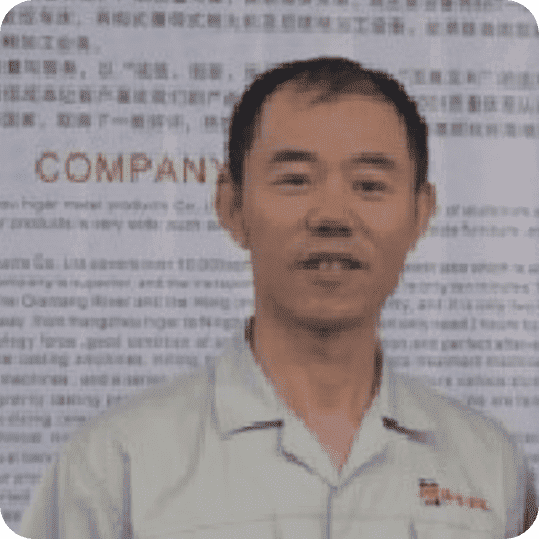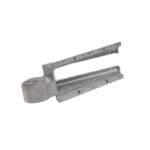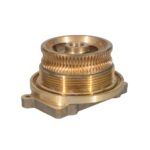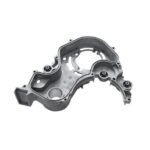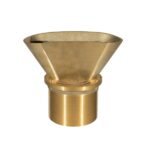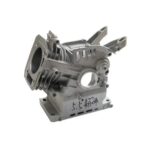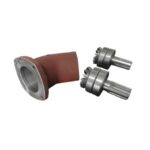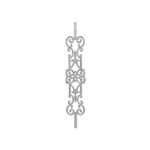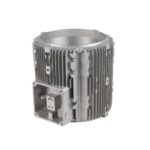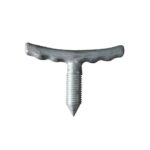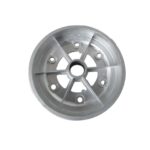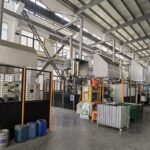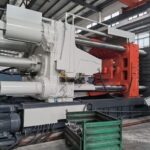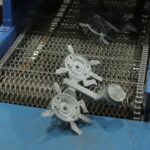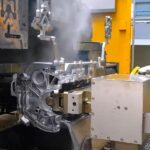Among all surface issues in aluminum die casting, flow marks and cold shuts are two that engineers encounter most frequently.
For OEMs and buyers of precision aluminum components, understanding these defects is critical.
Flow marks may only affect surface appearance, while cold shuts can weaken the casting itself.
This guide explains how each defect forms, how to prevent them, and how Yongzhu Casting controls these issues through design and process optimization.
What Are Flow Marks and Cold Shuts?
What Are Flow Marks in Aluminum Die Casting

Flow marks (also known as flow lines or flow patterns) are smooth, slightly wavy streaks that follow the molten aluminum’s path during mold filling.
They are typically cosmetic defects, forming when temperature or flow velocity varies within the cavity.
Visual Characteristics
- Smooth, glossy, or slightly matte streaks aligned with the metal flow direction.
- Can be felt slightly to the touch but are not cracks.
- Often appear near thin sections, corners, or gates where flow velocity changes rapidly.
Engineering Cause
Flow marks occur when molten aluminum:
- cools unevenly between adjacent flow fronts,
- encounters turbulence due to poor gating,
- or is overcooled by excess mold spray or lubricant.
When the advancing metal surface partially solidifies before complete filling, a faint interface remains visible on the part’s surface.
Practical Implication
Flow marks do not reduce mechanical strength, but they indicate unstable flow conditions that can later evolve into cold shuts or misruns.
They can often be removed through fine polishing, bead blasting, or chemical etching, though process control is the more sustainable solution.
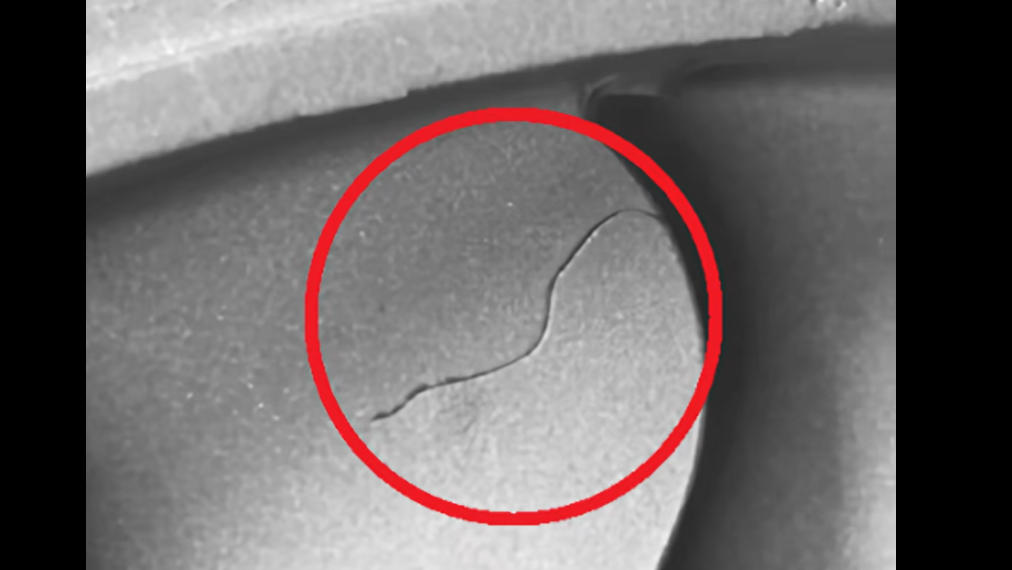
What Are Cold Shuts in Aluminum Die Casting
A cold shut is a fusion defect that occurs when two molten metal streams meet but fail to bond into a continuous structure.
This happens when metal temperature, pressure, or velocity are insufficient to keep both streams in a fully liquid state.
Visual Characteristics
- Irregular, thin, and sometimes sunken seams on the surface.
- Frequently found where two flows converge — ribs, holes, or intersecting channels.
- Under magnification, a thin oxide film or unbonded boundary line may be visible.
Engineering Cause
Cold shuts usually result from:
- Low metal or die temperature (below 660 °C melt / 180 °C mold).
- Low injection speed or slow fill time (>60 ms cavity fill).
- Long, narrow runners that cause temperature loss before fusion.
- Poor venting or trapped air pockets that block flow fronts.
Practical Implication
Cold shuts are structural defects that can lead to crack propagation, fatigue failure, or leakage under pressure.
Unlike flow marks, they cannot be repaired through surface treatment.
The solution lies in optimizing gating balance, thermal control, and die-casting parameters.

Common Causes in Aluminum Die Casting
| Category | Root Cause | Technical Notes |
|---|---|---|
| Temperature | Melt too cold (< 660 °C) or mold too cool (< 180 °C) | Insufficient fusion, cold shut risk |
| Flow Velocity | Inconsistent injection speed | Causes turbulence or incomplete fusion |
| Gating Design | Long or undersized gate | Pressure drop, uneven metal flow |
| Venting | Air entrapment | Trapped gas slows metal and cools flow front |
| Lubrication | Excessive spray | Creates chilled layer, flow line visibility |
| Alloy Composition | High Fe or oxide inclusions | Lowers fluidity, increases surface defects |
How to Identify Flow Marks vs. Cold Shuts
| Criteria | Flow Marks | Cold Shuts |
|---|---|---|
| Surface Texture | Smooth, glossy, shallow | Irregular, seam-like, slightly depressed |
| Microscopic Bond | Continuous metal | Oxidized, unbonded boundary |
| Structural Impact | Cosmetic only | Structural weakness |
| Location | Near gates, thin walls | Junctions, rib intersections |
| Fixability | Polishing or coating | Must re-cast |

Prevention & Process Control
(1) Temperature Control
- Maintain melt at 660–700 °C, mold at 180–220 °C.
- Use preheat cycles to reduce initial cold flow.
- Monitor with thermocouples on key die zones.
(2) Optimize Gating and Runners
- Use short, balanced runner design with radiused turns.
- Increase gate cross-section to maintain velocity (> 40 m/s at impingement).
- Avoid abrupt thickness transitions in part design.
(3) Injection & Pressure Management
- Use multi-stage injection:
- Slow shot → avoid air entrapment,
- Fast shot → ensure fusion.
- Maintain intensification pressure > 50 MPa for dense bonding.
(4) Improve Venting
- Add vents or overflow wells in distant cavity ends.
- Apply vacuum-assisted die casting for complex parts.
(5) Lubrication Control
- Keep die spray uniform and minimal (≤ 0.02 mm film thickness).
- Avoid overcooling the cavity surface before metal injection.
(6) Alloy Quality
- Use properly refined melt (degassed, filtered).
- Maintain low hydrogen (< 0.15 cc/100g) and oxide content.

Surface Finishing & Quality Verification
After casting, minor flow marks can be corrected through vibratory polishing or bead blasting, but cold shuts must be inspected and rejected per ASTM E505 or JIS H5302 standards.
Advanced QC techniques include:
- X-ray and ultrasonic testing for internal seams;
- Thermal imaging to detect low-temperature zones;
- Die flow simulation (MAGMASoft or ProCAST) to visualize metal front fusion.
At Yongzhu Casting, real-time fill simulation and infrared mold mapping are used for each new die to identify potential cold zones before production begins.
Yongzhu Casting’s Engineering Advantage
Our aluminum die-casting systems (800–2000 T) include:
- Closed-loop injection control for precise velocity and pressure transitions.
- Vacuum venting modules to eliminate air entrapment.
- Multi-zone mold heating to maintain uniform temperature distribution.
- Process feedback sensors monitoring shot-to-shot variation.
This setup ensures stable flow fusion, minimal surface waviness, and high structural integrity across all aluminum lighting, furniture, and enclosure components.

